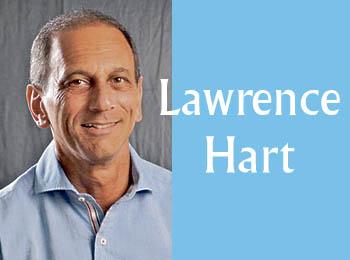In his recent triumphal return to Gaza, Hamas leader, Khaled Meshal, immediately ramped up the rhetoric against Israel, proclaiming that “Palestine is ours, from the river to the sea and from the south to the north.” He vowed that “there will be no concession on an inch of the land” and that “we will never recognize the legitimacy of the Israeli occupation, and therefore there is no legitimacy for Israel, no matter how long it will take.”
He further promised to free thousands of Palestinian prisoners currently in Israeli jails, suggesting that further kidnapping of Israeli soldiers, as needed bargaining chips, is still integral to Hamas’ objectives.
When addressing a crowd that was estimated to be in the hundreds of thousands, he used as his backdrop an oversized model of a Hamas missile, shaped as a map of “historic Palestine,” without any delineation of Israel.
Meshal’s bluster has been carefully rationalized in the wake of Hamas’ drubbing by the Israeli Air Force during Operation Pillar of Defence. But perhaps what’s been given the greater benefit of the doubt is the position taken by Palestinian Authority President Mahmoud Abbas when he addressed the UN General Assembly prior to the vote that granted the Palestinians non-member observer status at the United Nations.
In that speech, Abbas set about branding the Israeli government as the agent of “barbaric and horrific” acts (in Gaza), and accusing it of the “perpetration of war crimes.” He referred to Israel’s “racist, colonial occupation” and described its actions in the 1948 war as “one of the most dreadful campaigns of ethnic cleansing and dispossession in modern history.”
Meanwhile Fatah, Abbas’ party, has developed a new logo to celebrate its 48th anniversary. According to Palestinian Media Watch, the emblem has as its backdrop a keffiyah enveloping all of what’s otherwise recognized as the State of Israel and shows the image of a white dove in shackles and a door key that’s intended to represent the “right of return” for Palestinian refugees.
It’s in this context that that the latest rapprochement between the PA and Hamas raises very serious concerns. For example, as a first act in their newfound common cause, Fatah permitted Hamas to organize rallies in several West Bank towns. Amid cries to “create a volcano among the Israelis,” a Fatah official applauded Hamas for having “given thousands of martyrs, prisoners and wounded for Palestine.”
Even more troubling than the bellicose utterances is the report by Israeli military sources that the PA security forces are openly collaborating with Hamas operatives to foment unrest and physical violence in the West Bank. This has included the obstruction of road traffic, the shutting down of towns and even direct attacks on Israeli army patrols, as occurred in Hebron on Dec. 6.
The pervasive climate of hostility and suspicion that characterizes the Palestinian-Israeli relationship has undoubtedly been complicated by the misguided actions of Abbas at the UN and Meshal’s return to Gaza, with each trying to outdo the other in vilifying Israel. The prospect of Hamas and the PA as bedfellows adds yet another dimension – as yet not fully tested, but likely ominous – to an already volatile situation. This should not be underestimated.
